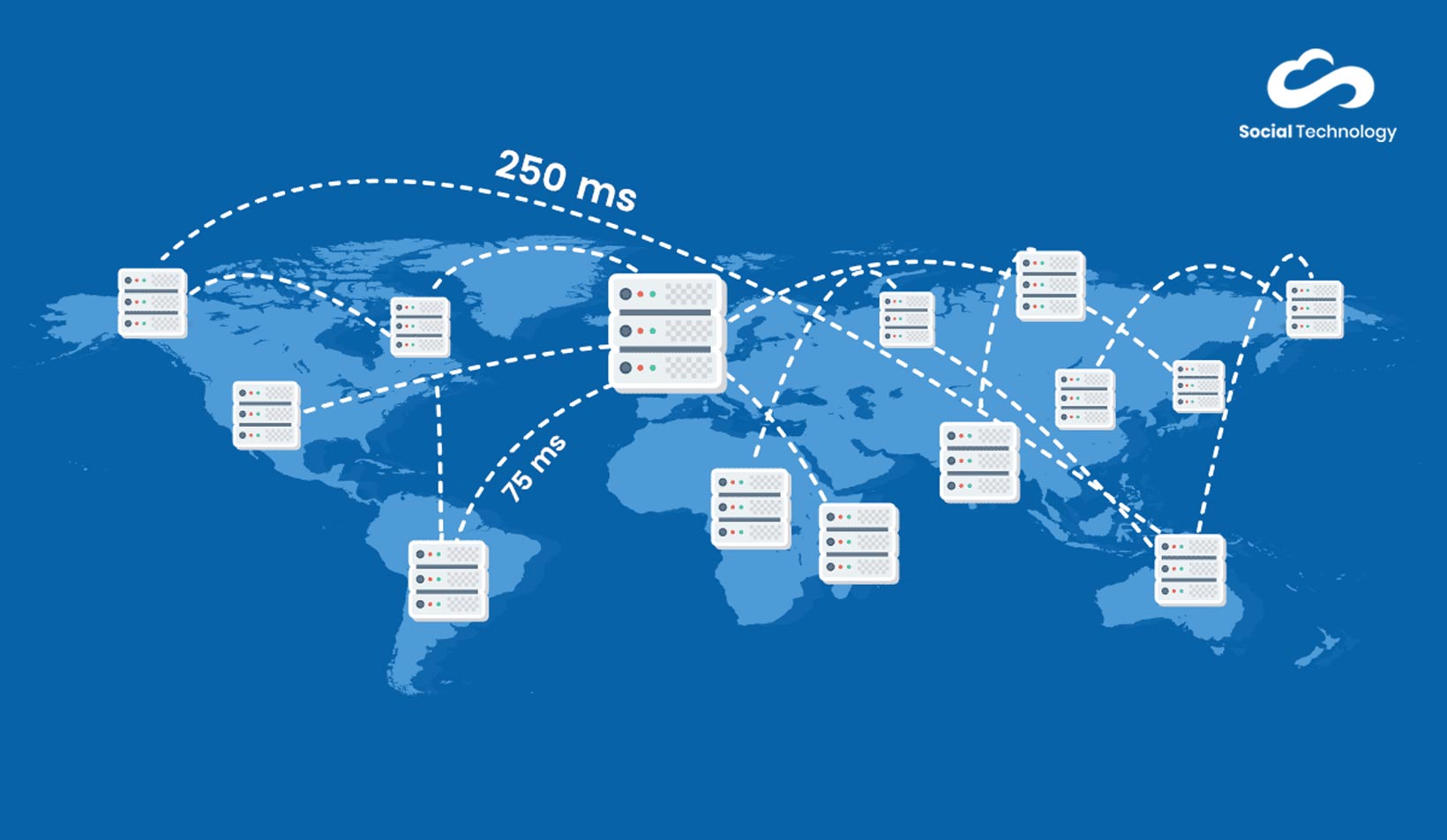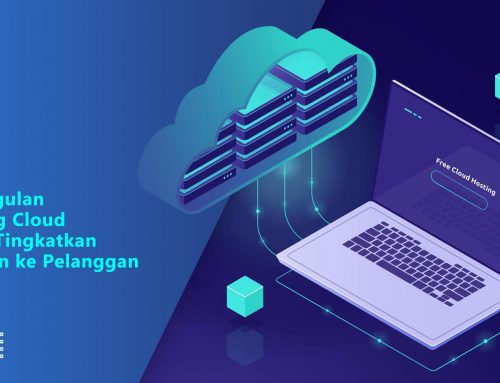Measuring cloud network latency assists for experiencing quicker and safer cloud computing solution. The element is inevitable in the wake of tight competition for all business sectors.
Cloud network latency refers to the delay before a transfer of data begins following an instruction of for its transfer. This is particularly critical for cloud architects who may often ask for how quick can they exchange a request and a response between two endpoints.
As taken from Google Blog, three tools are available for measuring cloud network latency. Cloud architects can utilize ping, iperf and netperf. Each of them is not implemented and configured the same. As such, different tools can produce different outcome. The Google Teams believe netperf provides the more proper answers to the question. Even so, you’ll have to study the details.
The following is displaying information on measuring cloud network latency from Google and researchers at Southern Methodist University’s AT&T Centre for Virtualization. In particular, the following contains latency benchmarking before and after migrating workloads to the cloud.
Ping is able to measure the round trip time/RTT of transactions. Ping utilizes the task using Internet Control Message Protocol/ICMP packets and some tools based on ping, like nping, hping and TCPing. Netperf, on the other hand, is capable of performing latency tests, throughput tests and more.
The Google Teams select PerfKit Benchmarker (PKB) when running latency tests in a cloud environment. The PerfKit Benchmarker is able to assist you applying benchmarks on various cloud providers. At the same time, you can automatically build and reduce the virtual infrastructure required for the benchmarks.
Also Read: Google Cloud Operational Efficiency for Coping with COVID-19 Pandemic
According to the Google Teams, netperf is more recommended for measuring cloud network latency because it accommodates greater flexibility with its options in a whole. The Teams also choose Transmission Control Protocol/TCP over ICMP. This is due to the fact that the TCP is more common in usage. This is sufficient to conclude TCP is more representative of real-world applications.
During latency test, take into account factors, such as interval time and other tool settings. Don’t forget to record and report the elements during latency tests, especially at lower latencies. The two will make differences thus will contribute to the final latency result.
Contact us for obtaining solution and more information about implementing cloud computing for your business







Leave A Comment